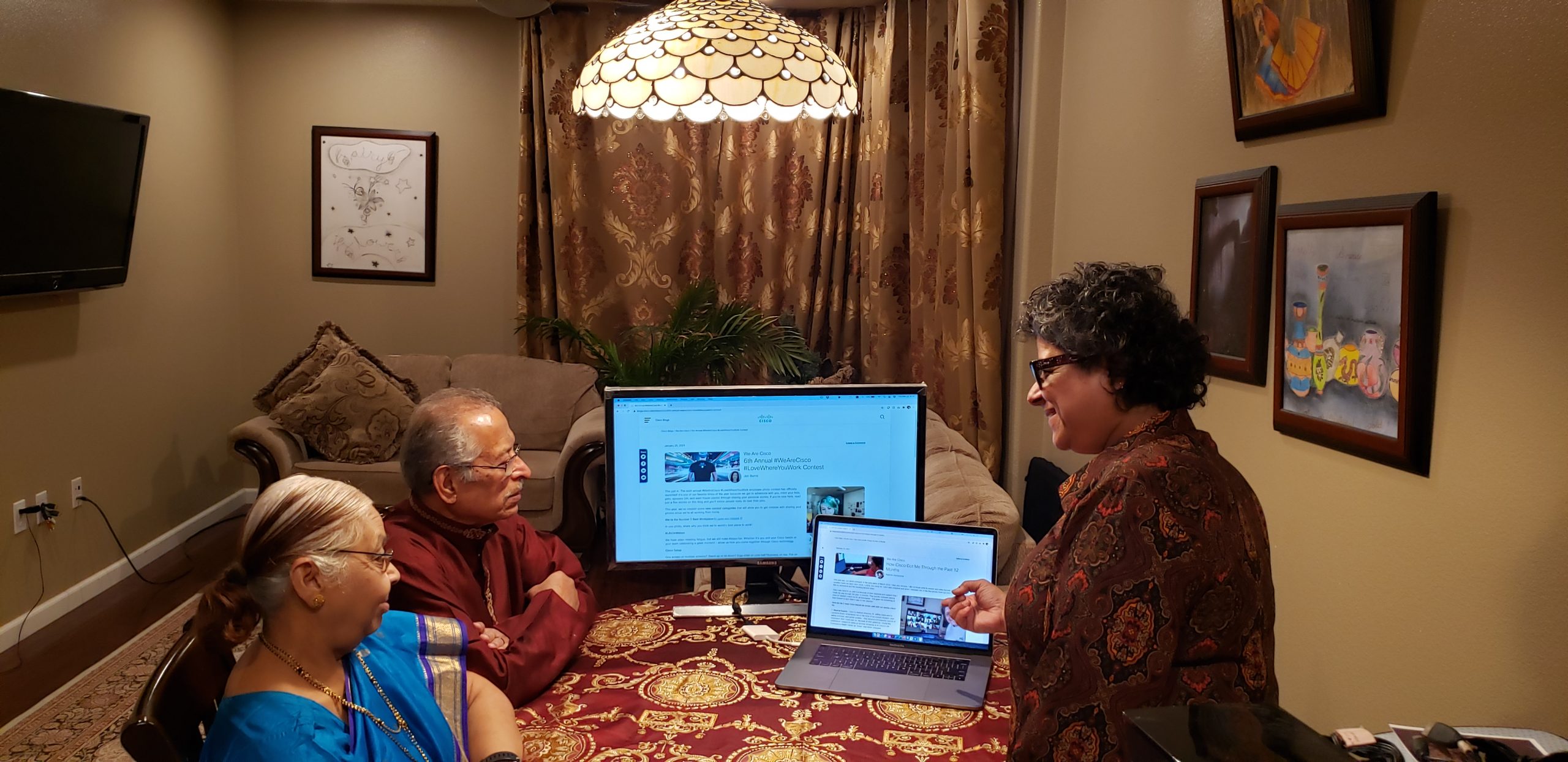- I tested a Pixel Tablet without any Google apps, and it's more private than even my iPad
- My search for the best MacBook docking station is over. This one can power it all
- This $500 Motorola proves you don't need to spend more on flagship phones
- Finally, budget wireless earbuds that I wouldn't mind putting my AirPods away for
- I replaced my Linux system with this $200 Windows mini PC - and it left me impressed
How User Experience is a Key to Cisco’s Success – Cisco Blogs

As a User Experience (UX) Designer, my role requires empathy, flexibility, and visibility into a variety of personas. I love putting users front and center when designing delightful experiences, and I believe that UX not only applies to digital and physical products, but far beyond that as well. I see UX everywhere from our homes to our governments, and throughout almost every industry, organization, and company – like Cisco!
How do UX principles show up at Cisco? For starters, they put their users (employees, customer, and partners) front and center – and the result is one of the world’s best companies to work for. Here’s where I see UX at Cisco:
Empathy
This is the first, and the most important, UX design thinking process. It means to understand users (employees) and help them achieve their desired goals. It determines the success of the design. A large part of Cisco’s success is because they empathize with their employees and provide so many wonderful resources and benefits from flexible working hours and Inclusive Communities to career development. There’s a focus not only on your professional goals at Cisco, but also your personal goals.
It makes working here a wonderful experience and increases employee satisfaction. Not only were we named the #1 World’s Best Workplaces in 2019 and 2020, but there are several other awards we’ve been honored to win.
Visibility
Cisco focuses intensely on the customers, and this UX principle keeps users (customers) informed through appropriate feedback within a reasonable time, and helps users know the outcome of their previous interaction while determining the next step. The demands for customer data are carefully reviewed, and we publish the customer data requests from law enforcement and national security agencies twice yearly. Through the Transparency Report via our Trust Center, we also respond to all queries from our customers. All of this work helps to create trust in Cisco’s brand and products.
Flexibility
This UX principle gives users (partners) customization options and multiple ways to interact with Cisco products. These options let our partners select and display what is most relevant to them and help them pick a method to complete tasks they are most comfortable with. Since there could be different user types, persona creation also helps design a product with great flexibility. This flexibility enables us to help our partners reach their goals within digital transformation.

Seeing design everywhere and in everything makes me feel like I am surrounded by my fellow designers disguised in different professional designations. If all the design principles and processes – not limited to what is mentioned above – are followed all over the world we will be more empathetic to others, provide more visibility to others, and understand that flexibility helps us to be better friends, family, and co-workers.
Cisco is such a great disciple of UX design and I feel I have exciting career growth opportunities as we are encouraged to explore different business units and work on different applications all the time. This certainly keeps me enthusiastic and engaged as an employee, with a high level of satisfaction in the work I do. I truly love working at Cisco!
Ready to experience Cisco for yourself, join our global teams. Check out our careers now!
Subscribe to the We Are Cisco Blog
Share:

